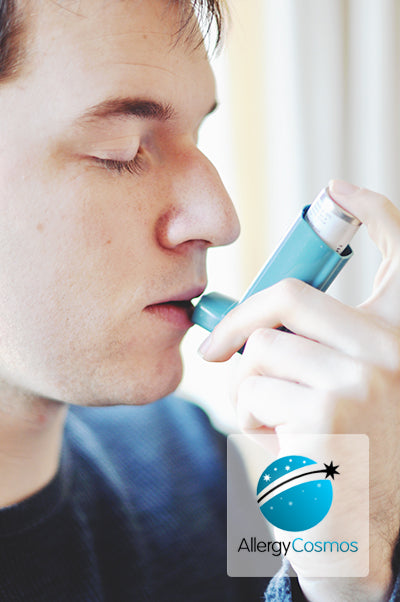
Air Pollution
On average, 8 - 10 thousand litres of air pass through our nose, mouth and lungs every day. The causal link between pollution in the air we breathe and many of the air pollution’s negative effects on our health are well known and documented. Countless research studies in the last 30 years have examined how air pollution affects different facets of our well-being.
Frequently Asked Questions
What is air pollution?
What is Particulate Matter (PM)?
What is gaseous air pollution?
What are the health effects of air pollution?
What are the main components of urban air pollution?
What is indoor air pollution?
What are the health effects of indoor air pollution?
How can I protect myself from air pollution?
Related Products
-
IQAir Atem X Air Purifier
Regular price £1,349.00Regular priceUnit price per -
IQAir HealthPro 250 Air Purifier
Regular price £1,049.00Regular priceUnit price per -
IQAir AirVisual Outdoor Quality Monitor
Regular price £274.00Regular priceUnit price per












